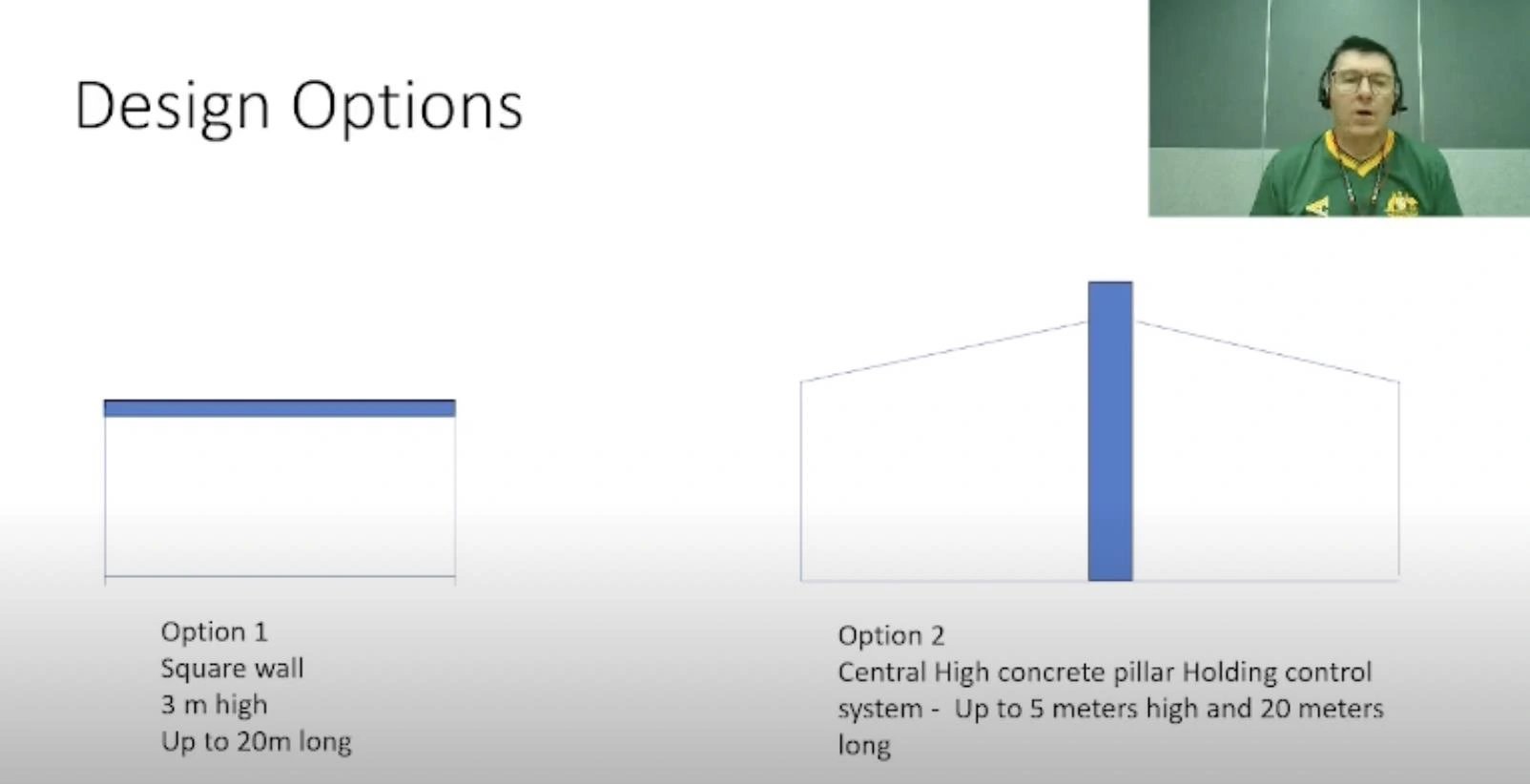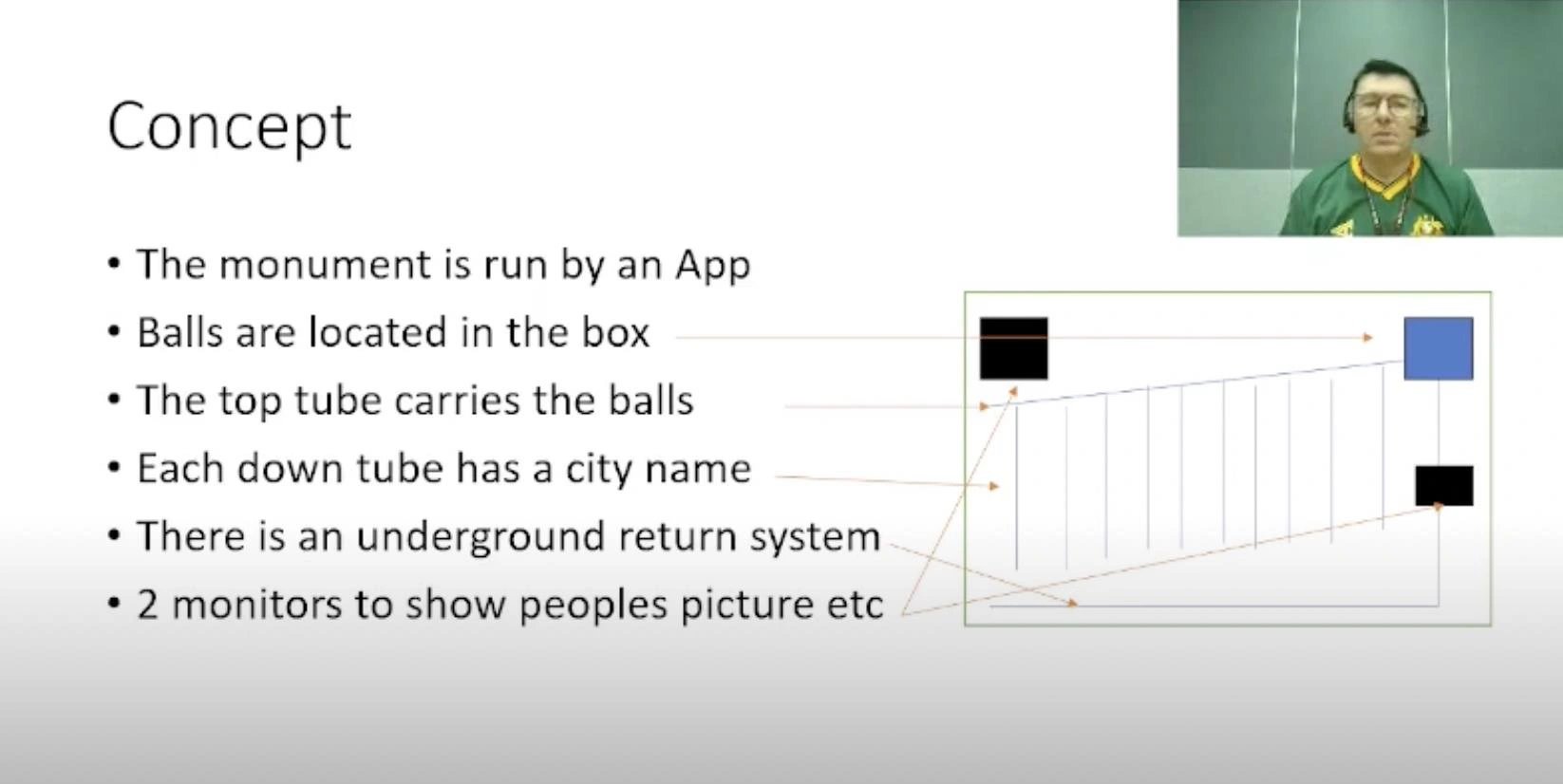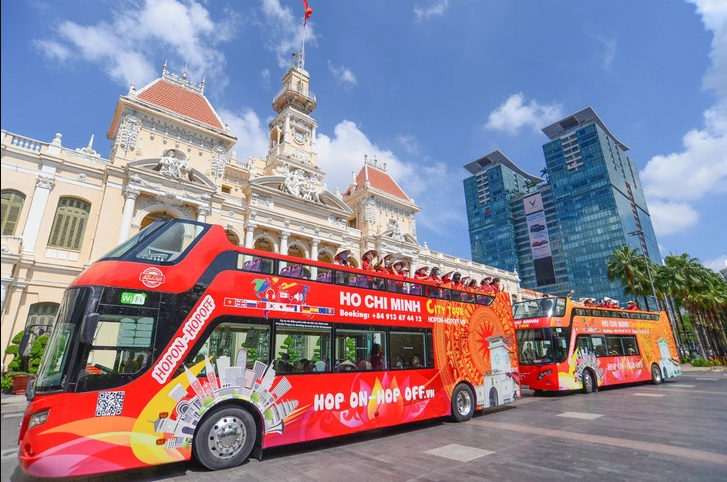Australian Ray Kuschert created a 17-minute video outlining his concept for a ‘friendship wall’ in the heart of Ho Chi Minh City. The wall would serve as an interactive attraction for visitors.
This idea was submitted to the Ho Chi Minh City Friendship Symbol Design Contest, a collaborative effort by the Ho Chi Minh City Department of External Relations, Tuoi Tre (Youth) newspaper, the Ho Chi Minh City Business Association, and INSEE Cement Company.
The purpose of the contest is to strengthen and expand the friendly and cooperative relationships between Ho Chi Minh City and its twin cities around the world. The competition aims to showcase creativity in promoting foreign affairs, trade, cultural exchange, and global engagement.
The proposed project aims to symbolize the friendly and cooperative bonds between Ho Chi Minh City and 58 other cities worldwide. The wall is intended to be customizable, as the city plans to establish even more friendships with cities across the globe.
The suggested location for the project is Lam Son Park, situated on Le Loi Boulevard, in front of the Municipal Theater in District 1.
Below, you can find a summary of Kuschert’s video as provided by Tuoi Tre News:
I propose constructing a wall, and for the foundation, I have two ideas:
The first option is a basic, square wall structure. Alternatively, it could have a slight arch, starting high on one end and gradually becoming lower towards the other. In both cases, the wall’s surface would be flat.
The second option consists of a large concrete pillar. In this design, the central pillar would be flanked by walls that slope downward on both sides.
|
|
| A screenshot from Ray Kuschert’s video showcasing his two wall options. |
The Concept
The proposed monument aims to be highly interactive, providing visitors with an engaging experience. Whether the wall takes on a square or rhombus shape, it would be connected to a mobile application and feature various mechanical elements internally.
|
|
| A screenshot from Ray Kuschert’s video illustrating how the friendship monument would operate. |
As shown in the image above, the concept involves utilizing balls that would descend and fit into slots representing the names of various cities. These slots would be contained within a blue box on the wall’s surface or could be situated underground. A transparent tube would transport the balls, enabling onlookers to track their descent. Each tube would be labeled with the name of one of the friendship cities.
I propose implementing an underground system that would return the balls to the blue box at regular intervals, allowing for reuse.
Additionally, the wall would feature a QR code that visitors could scan to access an accompanying mobile application. Through the app, individuals would provide their name and take a photo of themselves. They would also choose their hometown from a dropdown menu. This information would instruct the app to release a ball into their respective friendship city.
The monument would also incorporate built-in screens displaying data submitted by visitors, including their names, hometowns, and selfies.
The balls would be dispensed at regular intervals, providing time for individuals to interact with the screens, take selfies, and witness the descent of their ball into their designated city.
There would also be an opportunity for visitors to take photos with their own city, and the number of balls in a specific city’s tube for the day would indicate how many people from that city attended the monument.
In cases where visitors come from cities not included in the friendship city group, they could manually input the name of their city into a text box. Their picture would still appear onscreen, allowing them to take a selfie. However, their ball would not be released into a city slot. Instead, their data would be queued within the app.
The monument design takes into consideration that visitors would use their phones interactively. It offers an attractive focal point for photography and encourages visitors to engage with their phones while exploring.
Benefits to the City
The wall design prominently features the opera house, Nguyen Hue Boulevard, and Le Loi Boulevard. Consequently, while the monument itself is present, important areas of Ho Chi Minh City appreciated by tourists are left unobstructed.
The mobile application also serves as a data collection tool, allowing the city to identify the origin of visitors and track the number of people visiting the monument. This data can help Ho Chi Minh City enhance its marketing activities, showcasing its appeal as a tourist destination.
The monument does not hinder any other park functions. As a result, the park can continue to serve other purposes while accommodating the monument in its central location. Additionally, the monument’s compact design ensures efficient traffic flow, allowing people to easily traverse the park while walking from Nguyen Hue Boulevard to the opera house without detours around the monument.
The monument would further harmonize with other celebrations, such as the Tet display held on Nguyen Hue Boulevard. It would complement these events and become an integral part of them.
In conclusion, I have focused less on the artistic design aspect of the monument, as I am not an artistic designer. However, the project offers significant opportunities for artistic expression within its basic structure. The top of the wall could showcase small figures, statues, or symbols representing the beauty of Vietnam.






